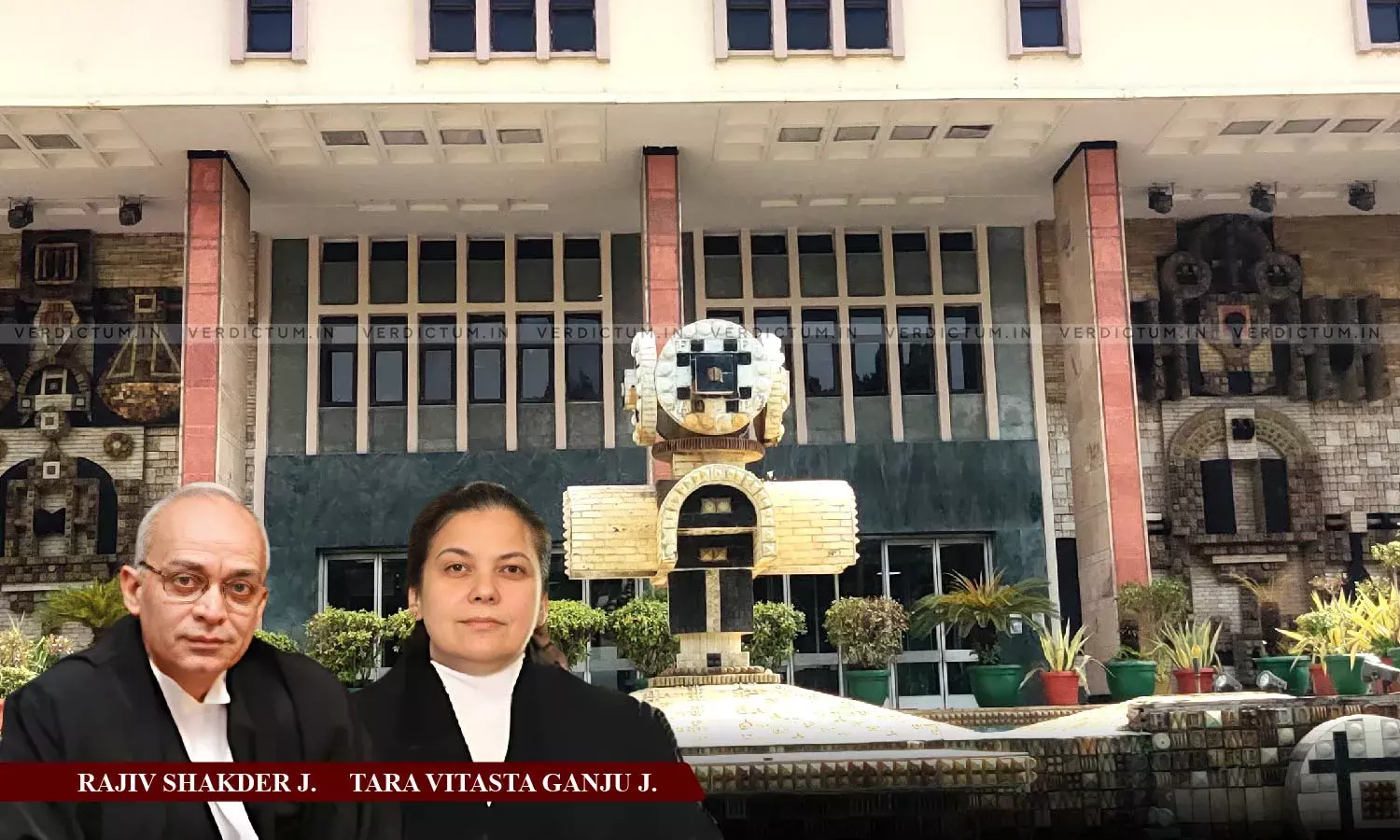Way Expenses/Income Reflected In Books Of Accounts Of Taxpayer Or In Some Cases Omitted Is Not Determinative Of Its True Nature: Delhi HC

While allowing the taxpayer’s (Appellant) claim towards repair, renovation, refurbishing and consultancy expenses for Hotel Hyatt Regency as revenue expenditure, the Delhi High Court held that the taxpayer operates in hospitality sector and its commercial needs should be considered in determining both the character and nature of expenditure and not necessarily, the period for which the advantage would last.
The Division Bench comprising of Justice Rajiv Shakdher and Justice Tara Vitasta Ganju observed that “It is well-established that the way the expense/income is reflected in the books of accounts of the appellant/assessee or in some cases omitted, is not determinative of its true nature, although it may provide a clue. The safest and the surest way to arrive at the true nature of the expense/income in issue is by having regard to the provisions enunciated either in the statute and/or the principles enunciated by the courts”.
Senior Advocate Tarun Gulati appeared for the Assessee while the Revenue was represented by Advocate Zoheb Hossain.
Relying on Apex Court ruling in case of Kedarnath Jute Mfg. Co. Ltd. v Commissioner of Income Tax, (Central), Calcutta [(1972) 3 SCC 252], the Bench observed that “what is given weight, ultimately, is the provisions of the Act and not what is incorporated in or omitted from the books of accounts, annual statements, whether as a part of accounting practice or otherwise”.
The Bench observed that the ITAT was wrongly burdened by the fact that renovation, refurbishing, and repairs were carried out over several years with total expenditure of Rs.35 crore which was much more than the construction cost of the hotel.
The Bench also pointed that the ITAT disregarded the undisputed facts that: (i) expenses were incurred for an ongoing hospitality business (ii) no finding by authorities that expenses resulted in acquisition or bringing into existence an asset (iii) expenses did not result in conferring upon it an advantage of enduring benefit from the point of view of business; (iv) expenses were for preserving and protecting existing assets and categorization of expenses under various heads, such as renovation, refurbishment or repair, are not determinative of nature of the expenditure.
The brief facts of the case were that the Assessee carried out repair, renovation and refurbishment of its hotel and appointed Gherzi Eastern Ltd. (GEL), an interior architect, for consultancy and supervision of interior décor of the existing hotel. During the relevant Assessment year, the Assessee spent Rs.8.47 crore towards repairs and refurbishment, out of which Rs. 6 crore was capitalized and the remaining amount was claimed as revenue expenditure under the head "repair and maintenance" and further Rs.23.18 lacs paid to GEL were disallowed by the Revenue.
After considering the submission, the Bench emphasized on the test laid down by the Court in the past which are relevant i.e. (i) expense incurred for acquiring or bringing into existence an asset or resulted in creating an advantage of enduring benefit for business (ii) the aim and object of expenditure would determine its character (iii) expenditure incurred to run business effectively, efficiently and profitably, leaving the fixed assets or other capital structure untouched, would be revenue expenditure, even though the advantage obtained may last for an extended period (iv) tests to be applied from the business point of view, after fairly appreciating the entire fact situation.
The Bench noted that the ITAT had given undue weight to the director's report which alluded to the fact that the Assessee was carrying out a comprehensive renovation resulting in the hotel attaining the first rank by bringing into existence a “New Hyatt”.
Relying on the Apex Court ruling in case of Empire Jute Co. Ltd. v. CIT [(1980) 4 SCC 25], the Bench observed that safety of the lifts being enhanced could not lead to capitalization, and the renovation/refurbishment of rooms, including washrooms and other facilities, only improved the efficiency of source of profit, and hence, the expenses incurred are not capital expenditure.
The Bench further observed that ITAT rightly mentioned that if the owner of a building which is used for business incurs expenditure on current repairs, and the Assessee is not able to claim expenses for current repairs under Section 30(a)(ii), it could still claim deduction under Section 37(1).
Finally, the High Court rejected the ITAT's broad-brush approach of rejecting the claim of Rs.6 crore as revenue expenditure, made for the first time before ITAT, which had been wrongly capitalized in the books of account, and remanded the matter to the AO for fresh examination in the light of the well-established principles for arriving at the true character of a particular expenditure.
Cause Title: Asian Hotels Ltd v. Commissioner of Income Tax [2023: DHC: 7352-DB]
Click here to read/ download the Order

